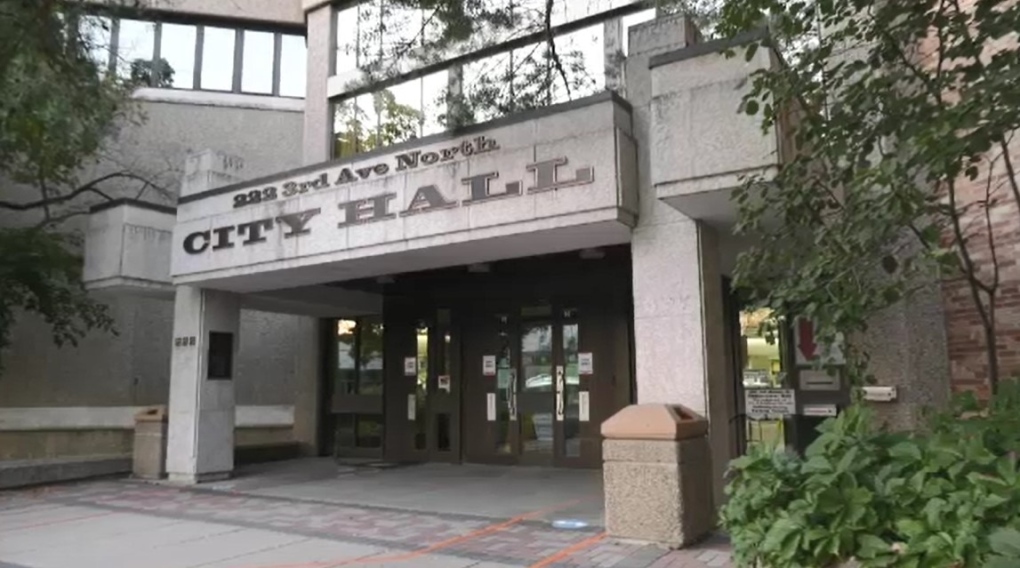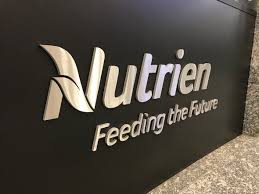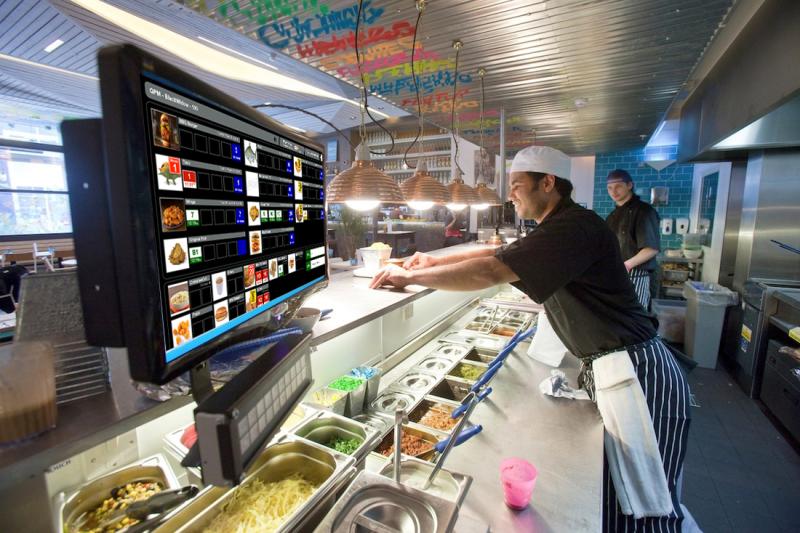 | City of Saskatoon The City of Saskatoon is located in Western Canada with a population of roughly 275,000 people. Check-It was hired by the City of Saskatoon to help lower usage on their largest buildings within the 500+ properties they own. Check-It installed energy monitors at a very detailed level to understand the usage between lighting, HVAC, motors etc. This included all swimming pools, ice arenas, large office buildings, schools, etc. Check-It is also monitoring the water, natural gas, temperature, humidity and CO2 levels in various buildings throughout the city. |
| Check-It was essential to monitor consumption patterns as well as measurement and verification after each improvement was implemented. This was key to understand the return on investment for each step as well as what other buildings could expect with similar improvements. * All City of Saskatoon buildings are integrated real time with Energy Star to understand trending and all Green House Gas Emissions. Score is updated every month. * Another benefit of the installation included identifying faulty power factor correction equipment. It was quickly identified several motors were operating at a very low level of efficiency and after inspection it was determined the power factor correction hardware was failing. * Check-It was able to identify 2 power meters from the local utility that required calibration as they were reporting higher usage than was being consumed. This was also quickly resolved and records are compared against Check-It each month to verify accuracy. |
 | Nutrien Nutrien produces and distributes over 25 million tonnes of potash, nitrogen and phosphate products for agricultural, industrial and feed customers world-wide. Their mines include hundreds of mobile assets that continually need maintenance to ensure everything is running optimally. Nutrien had tried a manual system of recording hours and then entering into their maintenance software on a regular basis. This resulted in many lost readings and also inaccuracy as operators frequently recorded wrong values. Nutrien also worked on a rigid time schedule to ensure each vehicle was serviced every 3 months. This approach can also be an issue as some vehicles are operated frequently required maintenance before 3 months. Others are very infrequent and can be serviced at a longer interval between visits. |
| Check-It was able to install small sensors that would report when the asset was running and transmit the information back to the secure Nutrien data centre. * The sensors used the existing Nutrien Wi-fi network to utilize existing infrastructure with the system continually looking for coverage. * All data is logged within the vehicle if Wi-fi coverage isn’t available. This data is then all forwarded back to the data centre when coverage is detected. * The sensors are powered by the vehicle but also include a small battery to send any remaining data points immediately after the vehicle is powered off. * Data retrieved by the assets is automatically integrated with the maintenance software to automatically report when the asset is due for maintenance based on actual run times. |
 | Kitchen Brains Kitchen Brains is a leader in the food service industry and has been operating in Stratford, CT for over 50 years. Kitchen Brains was looking for a smart energy solution that would monitor kitchen equipment usage along with smart sensors for freezers, coolers and food prep areas. Quick serve restaurant equipment is used for many hours each day and requires regular maintenance to reduce any downtime during prime operating hours. |
| Check-It was able to install detailed monitoring for all critical points in the commercial kitchen such as grills, fryers, fans, coolers, freezers etc. * Alerts were placed on each piece of equipment in case of mechanical failure, running outside of operating hours or increasing trend in higher energy use. * Temperature sensors were placed in all areas requiring Food Safety for anything too high or low range according to HACCP standards. * An iPad electronic checklist was provided to ensure prep areas were being probed on a regular basis with timestamps of when and who completed the checklist. |
